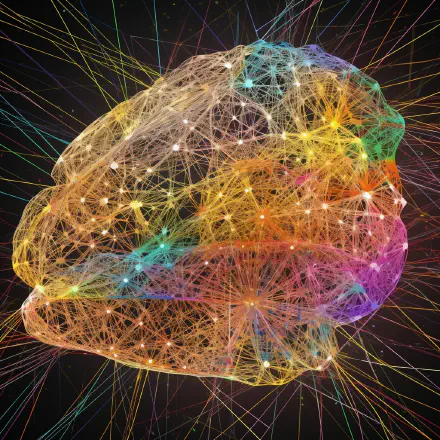
Introduction
Reflection is a powerful tool for personal growth and development. By taking the time to reflect on our experiences, we can gain valuable insights into our thoughts, feelings, and behaviors. This self-awareness can help us identify areas where we need to improve, and develop strategies for making positive changes in our lives. In this blog, we will explore the art of reflection, including various techniques for effective self-evaluation and continuous improvement.
Benefits of Reflection
Before we dive into the various techniques for reflection, it’s important to understand the benefits of reflection. Reflection can help us:
- Gain self-awareness: Reflection allows us to gain a deeper understanding of our thoughts, feelings, and behaviors. This self-awareness can help us identify areas where we need to improve, and develop strategies for making positive changes in our lives.
- Enhance learning: Reflection can help us learn from our experiences. By reflecting on our successes and failures, we can identify what worked well and what didn’t, and apply these lessons to future situations.
- Improve decision-making: Reflection can help us make better decisions. By reflecting on our past decisions, we can identify what led to positive outcomes and what led to negative outcomes, and use this information to make better decisions in the future.
- Boost creativity: Reflection can spark creativity by helping us generate new ideas and perspectives. By reflecting on our experiences, we can identify patterns and connections that we may have overlooked before.
Techniques for Reflection
There are many different techniques for reflection. Some techniques are more structured and require more time, while others can be done quickly and informally. Here are a few techniques to consider:
1. Journaling
Journaling is a popular technique for reflection. By writing down our thoughts and feelings, we can gain clarity and insight into our experiences. To get started with journaling, set aside a few minutes each day to write down your thoughts and reflections. You can write about anything that comes to mind, or focus on a specific topic or experience.
2. Mind Mapping
Mind mapping is a visual technique for reflection. To create a mind map, start with a central idea or theme and branch out with related thoughts and ideas. Mind mapping can help you identify patterns and connections between different experiences, and can also help you generate new ideas and perspectives.
3. Self-Evaluation Questions
Self-evaluation questions are a structured technique for reflection. To use this technique, ask yourself a series of questions about your experiences. Some examples of self-evaluation questions include:
- What did I do well in this situation?
- What could I have done differently?
- What did I learn from this experience?
- How can I apply what I learned to future situations?
4. Reflective Listening
Reflective listening is a technique for reflection that involves listening to another person and reflecting back what they say. This technique can be used in a variety of settings, including personal and professional relationships. Reflective listening can help you gain a deeper understanding of the other person’s perspective, and can also help you develop stronger relationships based on empathy and understanding.
Conclusion
Reflection is a powerful tool for personal growth and development. By taking the time to reflect on our experiences, we can gain valuable

